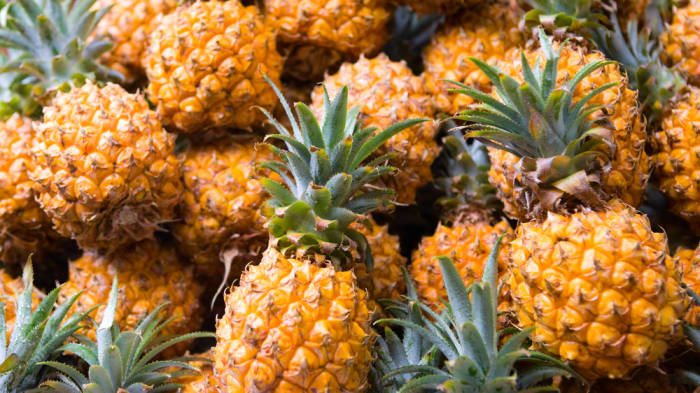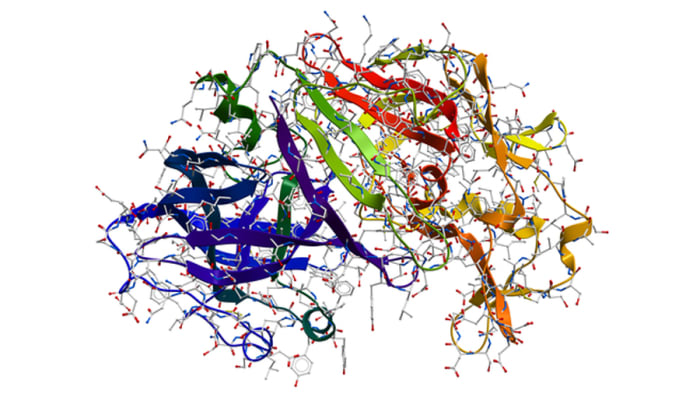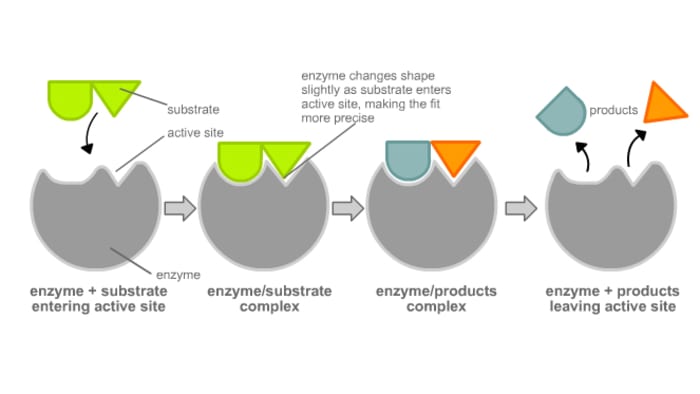Pineapples can “eat” you too
The secret of pineapples
It is common knowledge that people digest food to get energy. At first glance, this seems to be a one-way process. Curiously enough, there are also some fruits which can have a destructive effect on the tissues of our body. Of course, they cannot digest us the way that we can digest them. But to a certain extent, they can break down the cells of our mucosa.
The secret of pineapples
We all know the burning sensation in the mouth after we eat pineapples. It is hard to get rid of it, even by drinking water or rinsing our mouths. Sometimes, the slight pain can last all day, and our taste perceptions become noticeably worse. Why does this happen?

Pineapples contain the enzyme bromelain, which breaks down protein. Bromelain is actually a mixture of two enzymes and several other substances in smaller quantities. Its ability to break down protein is used in cooking, to make meat more tender. (However, only fresh pineapples can be used for this purpose, as the enzymes are destroyed in the cooking process).
What are enzymes?
Let’s take a brief look on enzymes. We hear this word in many commercials and see it on some product packaging. So what are enzymes, then?
To accelerate many important chemical processes, people use catalysts – substances that can significantly speed up chemical reactions used in industry. Biological systems are also unthinkable without catalysis, as many reactions cannot take place without it. Enzymes are biocatalysts of a protein nature.

Some properties of enzymes
- Enzymes can speed up reactions by millions or billions of times.
- Biocatalysts are very specific and are suitable only for special processes (which is why it is not easy to use enzymes in industry).
- Biocatalytic processes can be conducted only under certain conditions (e.g. temperature, acidity).
- Some substances can enhance enzyme activity, others can make it completely inactive.
- Biocatalysis is present in every cell of our body, and its role is completely indispensable. We also need enzymes to digest food. The concentration of HCl in our stomach is not high enough to break down food, but the enzyme pepsin makes it possible.

A bromelain hoax
In the beginning of the 20th century, bromelain was successfully promoted as a remarkable remedy for overweight people. It was believed that it broke down fat in large quantities. Manufacturers also claimed that eating one gram of bromelain could burn 900 grams of fat. Subsequent research showed the ineffectiveness of bromelain against fat. However, it is still found in some countries as a dietary supplement.
Curiously enough, some studies found bromelain to be potentially effective against arthritis, as it may have anti-inflammatory properties. However, it has not been scientifically proven to be effective against any diseases, and has not been licensed by the Food and Drug Administration (FDA) for the treatment of any other disorder.
Are pineapples unique?
Pineapples are not the only fruit containing enzymes. Kiwi fruit, papaya and some other tropical fruits can also be active to protein.
P.S. If you put a slice of papaya on a piece of raw meat, a trail of “cooked” meat will appear under the papaya after several hours. Quite impressive for a fruit, isn’t it?
Source: "Bromelain". MedlinePlus, US National Institutes of Health. 2014. Retrieved 14 November 2014.
We provide safe chemistry experiments kits for kids on a monthly basis.